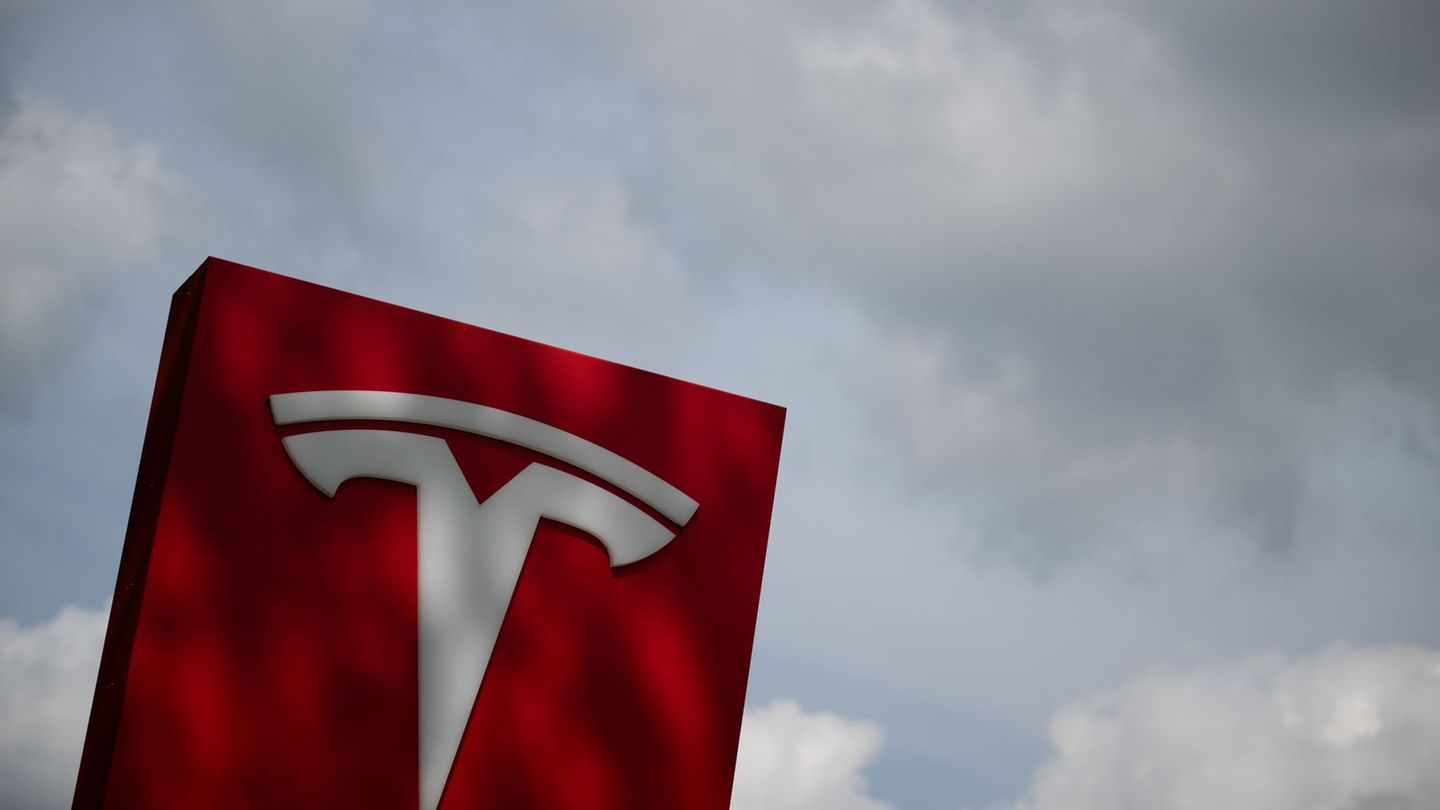Volkswagen and Europcar, there was something there before. Until 2006, the rental company belonged to the car company, now he is back. Does the network of more than 2700 stations fit into the framework of new transport models?
Volkswagen wants to make Europcar the heart of its platform for mobility services. After a long period of preparation and some delays in the takeover process, the group presented the strategy for installing the French landlord on Tuesday.
The more than 2,700 Europcar branches and stations in over 140 countries are intended to help interlink offers from car sharing to rental and car subscriptions. The responsible VW financial division wants to integrate this into its business with leasing and car loans.
The EU Commission has given the green light
In addition, fully automated driving will play a role on the “mobility platform” in the medium term, especially for shuttle services. For this, however, significant leaps in development in software and electronics are likely to be necessary. And at Wolfsburg there was a lot of fuss about the internal IT subsidiary Cariad.
VW used to be the main owner of Europcar before, in 2006 they parted ways. A good year ago, CEO Herbert Diess called the buyback idea part of an “integrated range of services for everything to do with cars”. The company’s own fleet services and the hitherto rather meager car sharing should also be brought together with the French.
At the end of May, the EU Commission approved the takeover by VW and its partners Attestor and Pon Holdings. Remaining Europcar minority shareholders will receive an offer to sell their shares. The company with around 10,000 employees is to be taken off the stock exchange.
First of all, “all mobility services will be centralized on the new platform,” announced Volkswagen. This included access to many offers via app and “a common vehicle fleet that covers all these services”. In 2021, Europcar had around 232,000 cars in stock – this number should soon be significantly increased.
VW is testing the electric bus ID.Buzz
The basic idea is to pick up on the trend from buying a car to using a car across all channels and brands. At the end of this year and the beginning of next year, the first interlocked systems will start up in Vienna and Hamburg. If highly automated driving functions are likely to be available in a few years, they will be added in stages. They should optimize the operation of the platform, “since vehicles can be automatically moved between the different locations as needed,” it said.
VW is already testing some self-driving models, for example with the electric bus ID.Buzz, and the shuttle offshoot Moia should also use the technology once in full operation. But it will still be a while before the start of series production. The first such commercial service in Europe is scheduled to begin in 2025.
Diess justified the change of heart towards Europcar with the market potential, which he assumes to be in the trillions by 2030 from car services and new software functions. “The acquisition will allow us to significantly expand our fleet and give us unique points of contact with customers,” he recently explained to the VW workforce. Europcar is present in many countries in city centers as well as at train stations and airports. “With Europcar and the move to autonomous robo-shuttles, it will be lucrative to offer an all-inclusive app.”
Enormous amounts of data
The head of the VW financial subsidiary, Christian Dahlheim, now adds: “Consumers have two basic needs: to get from A to B and to cover their mobility needs where they live. We think we can combine that in one platform.”
However, fully automatic – or one day completely autonomous – driving will only be possible if the control and IT systems in the car can process enormous amounts of data. In addition, regular, rapid updates of the functions and affordable high-performance computers will be a criterion. When it came to dividing up the tasks among brands such as VW, Audi and Porsche, coordination sometimes got stuck.
“The platform must be easy to update, frequently and with little customer interaction,” said Alf Pollex, head of the development network for the central car IT system, one of the core requirements. That is also one of the reasons why the entire software project takes time. Audi and Porsche are now continuing to work in parallel on autonomous driving. The 2.0 expansion stage of the software should be available from the middle of the decade, according to Diess it will “then bring the developments together”.
Development team is increased
According to Pollex, it is a complex conversion of the electronics. In older, decentralized systems, “up to now, individual updates have been made to individual control units”. With more and more automation and networking, centralized computer and software architectures would become necessary. This also allows updates to be made in larger blocks. In addition, only a mature 2.0 unit system can ensure that all types of cars can be equipped with it at competitive prices.
Cariad currently employs around 5000 developers. “We will gradually increase the team,” said Pollex. Despite the trend towards more internal development, suppliers continue to play an important role: “Various discussions are ongoing.” The previous cooperation with Bosch is limited to extended assistance systems (level 2) and automated driving on the freeway (level 3). “However, the partners have agreed to examine possible joint development goals and timetables in the direction of fully automated driving (Level 4).”
Source: Stern
Jane Stock is a technology author, who has written for 24 Hours World. She writes about the latest in technology news and trends, and is always on the lookout for new and innovative ways to improve his audience’s experience.




